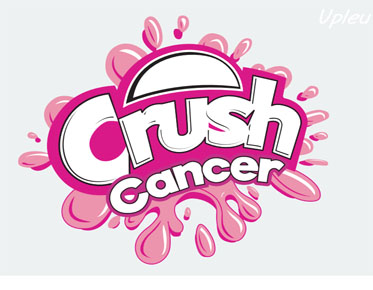Navigating the Maze: Legal and Copyright Considerations in Vector Art Conversion
Understanding Vector Art Conversion
Vector art conversion involves transforming a raster image (composed of pixels) into a vector format (composed of paths and curves). The primary benefit of vector art is its scalability, as it can be resized without losing image quality. Many software tools, such as Adobe Illustrator, CorelDRAW, and Inkscape, facilitate this conversion process.
Legal and Copyright Considerations
1. Ownership of the Original Image:
Before you proceed with vector art conversion, it's essential to ascertain who owns the rights to the original image. If you're the creator, you have the right to convert your own work. However, if you're working with someone else's image, you need explicit permission from the copyright owner or a license that allows for such transformations.
2. Public Domain and Creative Commons Works:
Some images fall under the public domain or have Creative Commons licenses that permit reuse, modification, and transformation. Always check the image's licensing terms to ensure compliance. Remember that even with these licenses, you may need to attribute the original creator.
3. Fair Use Doctrine:
In some cases, vector art conversion might be considered fair use, especially if it's done for purposes like criticism, commentary, education, or parody. However, this is a complex legal concept, and whether your specific use qualifies as fair use depends on various factors, including the nature of the work, the amount used, and the effect on the market.
4. Commercial vs. Non-commercial Use:
Commercial use of vector art conversions often raises more significant copyright concerns. If you plan to use the converted image for commercial purposes (e.g., advertising, merchandise), it's crucial to secure the necessary permissions or licenses to avoid potential legal issues.
5. Derivative Works:
Vector art conversion can be seen as creating a derivative work based on the original image. In many jurisdictions, creating derivative works without permission from the copyright owner is considered copyright infringement. Seek legal advice if you're uncertain about whether your conversion qualifies as a derivative work.
6. Attribution and Moral Rights:
Some artists have strong moral rights tied to their work, which can include the right to be credited as the author. Ensure that you respect any attribution requirements specified by the copyright owner.
7. International Copyright Laws:
Copyright laws vary from country to country. What may be considered fair use or a legitimate transformation in one country might not be the same elsewhere. Be aware of international copyright laws, especially if you plan to distribute or display your converted artwork globally.
Licensing Agreements:
When working with vector art conversion for commercial purposes, it's common to use stock images or graphics. Ensure that you carefully read and understand the licensing agreements associated with these assets. Some licenses may allow modification and vectorization, while others may restrict these actions. Violating licensing terms can lead to legal repercussions.
Transformative Use:
One potential legal defense in vector art conversion cases is "transformative use." This concept suggests that if your conversion significantly alters the original work's meaning, message, or purpose, it might be considered a transformative use and could potentially be protected under fair use laws. However, this is a complex and often litigated area of copyright law, so it's essential to consult with an attorney if you plan to rely on this defense.
Citing Sources:
Even if you have the right to convert an image, it's generally good practice to give credit to the original creator. Proper attribution can help demonstrate your intent to respect intellectual property rights and can be a goodwill gesture toward the original artist.
Trademarks and Logos:
Converting trademarked logos without permission can lead to legal trouble, as it may infringe on trademark rights. Always obtain explicit permission from the trademark owner if you intend to use or modify such logos.
Legal Precedents:
Research legal cases related to vector art conversion and copyright infringement. These cases can provide valuable insights into how courts have ruled on similar matters and can guide your approach to legal compliance.
Seek Legal Advice:
When in doubt or facing complex copyright issues, consult with an intellectual property attorney. They can provide tailored advice and help you navigate the legal complexities surrounding vector art conversion.
Protecting Your Own Work:
If you are the creator of vector art and want to protect your work from unauthorized conversion, consider watermarking your images or using digital rights management (DRM) tools. These measures can deter others from using your work without permission.
Fair Use Guidelines:
Familiarize yourself with fair use guidelines in your jurisdiction. While these guidelines can provide some flexibility for certain uses of copyrighted material, they are often subject to interpretation and may not cover all vector art conversion scenarios.
Keep Records:
Maintain records of all permissions, licenses, and communications related to vector art conversion. These records can serve as evidence of your compliance with copyright laws in case of any disputes.
Stay Informed:
Copyright laws and regulations can change over time. Stay updated on any legislative changes or court rulings that may impact the legal landscape for vector art conversion.
Conclusion:
In conclusion, vector art conversion is a valuable tool, but it must be approached with caution and a thorough understanding of legal and copyright considerations. Being proactive, seeking legal advice when needed, and respecting the rights of original creators will help you avoid legal troubles and ensure that your vector art conversions are conducted ethically and legally.


